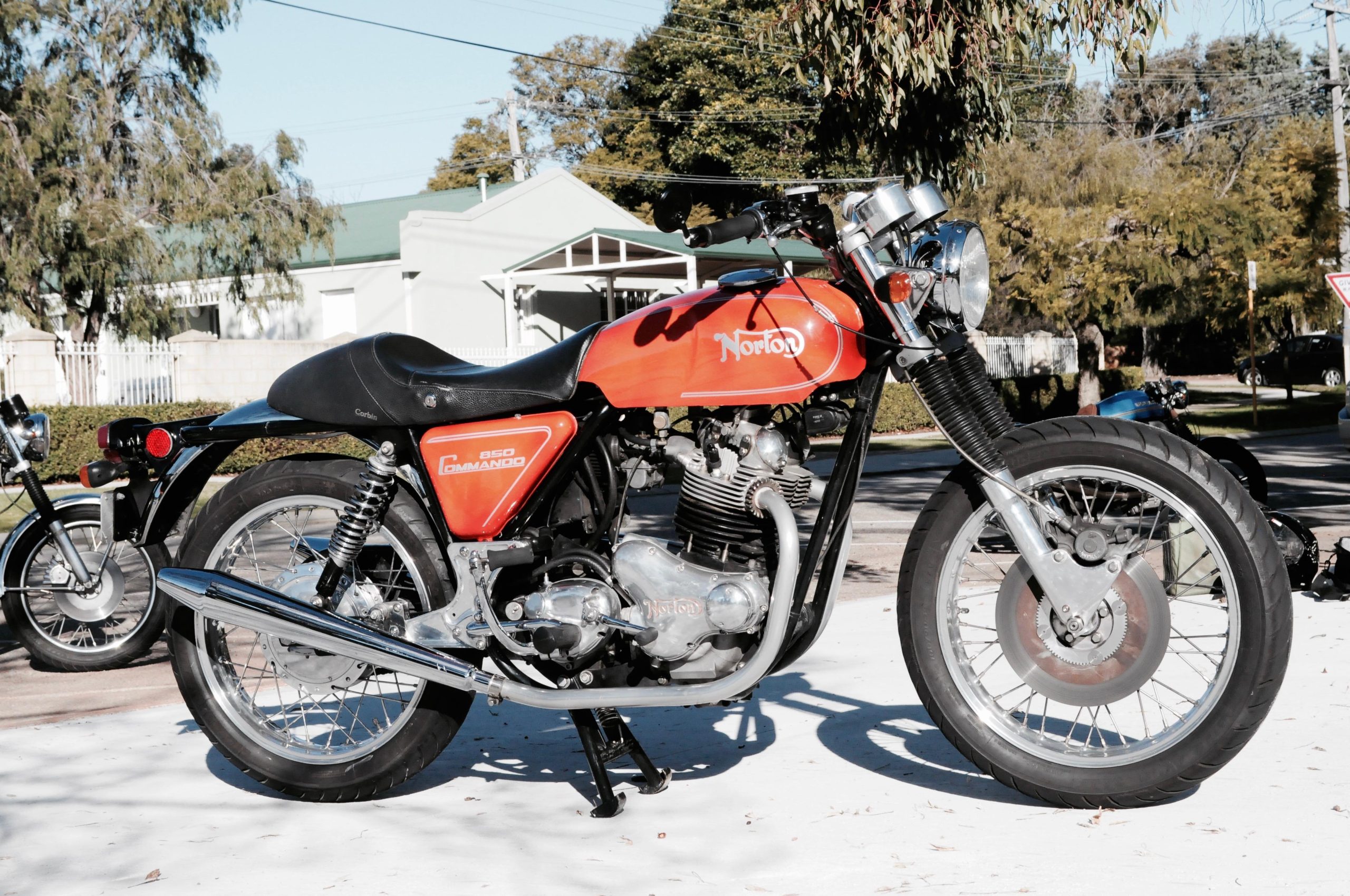
Republished from 2017.
IN THE world history of motorcycling, there once was a war. The first meaningful shot was fired in 1963 when Honda launched an American advertising campaign under the slogan ‘You meet the nicest people on a Honda’ — a slogan that an American advertising agency bought from a university student who had coined the phrase for an assignment.

In war terms, a struggling Californian uni student handed Japan the post-WW2 marketing equivalent of an atomic bomb smuggled into a Trojan horse.
The bike in that initial “nicest people” campaign was a Honda Super Cub, a step-through scooter powered by a 49cc four stroke that generated about five horsepower and was good for 70kmh downhill on a sunny day with a backwind.
Honda had immediate success, both with its “nicest people” campaign and with the Super Cub, but England wasn’t worried.
Hey, it’s only a scooter. As a matter of fact, in December 1965, BSA group chief executive Edward Turner is credited with saying that the sale of small Japanese motorcycles was good for BSA because it was attracting new riders who would graduate to larger machines. Right. Good one, Eddie.
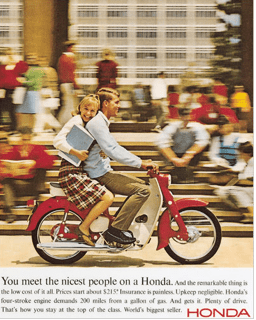 Little did poor Eddie know that within ten years Japan would hold the severed head of the British motorcycle industry aloft on a sword. Perhaps he was lucky to die in 1973, when the war was still being waged and the full extent of the automotive economic bloodbath was not yet clear.
Little did poor Eddie know that within ten years Japan would hold the severed head of the British motorcycle industry aloft on a sword. Perhaps he was lucky to die in 1973, when the war was still being waged and the full extent of the automotive economic bloodbath was not yet clear.
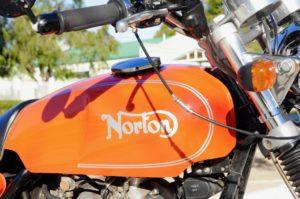
There is a long, fascinating and complex tale to be told (a movie one day, surely?) about how the English totally cocked up its bike industry in the face of Japan’s attack. Company management, unions, politicians, workers — history has judged them all badly for under-estimating what was happening, and then cobbling the UK bike industry when it should have been shoring it up.
England lost the motorcycle war, largely because it was too late in realising that hostilities had even begun. But that’s not to say Britannia went down without a fight. And perhaps its greatest counter-attack was the Norton 850 Commando.
The Commando started life in 1969 as a 750 and, with its ‘revolutionary’ isolastic engine mounting system, was a sensation. But it had plenty of woes too.
Frames broke. Clutch pins sheared. Side-stands sometimes snapped off. The isolastic system was successful in isolating the rider from the engine’s vibrations but the engine still vibrated like a jackhammer, especially at idle. Those vibrations were hard on many engine components, with oil supply lines, head steadies, and even carburettors sometimes rattling to bits.
The problems were addressed and the Commando’s reputation and status grew. And so did its engine. In 1973, the 750 became an 829 (the marketing team rounded it up to ‘850’).

American bike magazine ‘Cycle‘ had this to say of the 850 in 1973: “If a machine with good handling, a smooth engine, mechanical simplicity, and a high performance potential are your idea of what a motorcycle is all about, a Norton 850 Commando is a bike that must be taken for careful consideration. It has all those qualities in abundance. How much power do you want? The throttle is like a rheostat.”
But, just as the Japanese bike industry was gaining momentum, the British bike industry was going into meltdown. There were forced mergers, bringing BSA, Norton and Triumph into one company. The whole thing was a fluster-cluck. There were engines being made at one place, frames in another, and then assembly in another. There were mass sackings to try to save money. Workers went on strike in protest. The Government of the day withdrew its financial support, demanding loans be repaid.
Evolution of the Commando continued, despite the chaos. In 1975, the 850 got a left-hand gear change, rear disc brake, and an electric start. It was still evolution-on-the-run, and there were problems — but it was a wonderful bike. Smooth, gorgeous, and good for 125mph (perhaps downhill on a sunny day with a backwind).
But it was too late. The Japanese juggernaut was coming over the walls like Game of Thrones white walkers. BSA was already gone, the last BSA-badged bike sold in 1973. Norton lurched a little longer; the last Commando was made in 1977. Triumph surged and popped and farted and backfired, sunk, then resurrected itself.
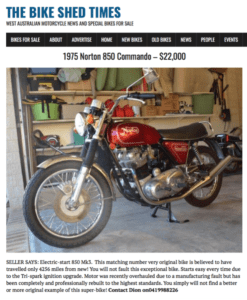
And so it is that Norton Commandos became, and remain, one of history’s most charismatic machines. They are steeped in history; stained in blood from a war they had no chance of winning. And, especially when bestowed with the myriad of fixes that have evolved over the past 40 years, they are superb, reliable performers.
The bike you see in this article is owned by Perth Norton tragic Ken Cockram, a man who is playing his own role in the never-ending story of the Commando. Ken’s Fullauto Technologies manufactures replacement cylinder heads for Commandos and sells them all over the world.
His own 850 is a wonderful example of the breed, fitted with a long list of improvements but still largely faithful to the mothership.
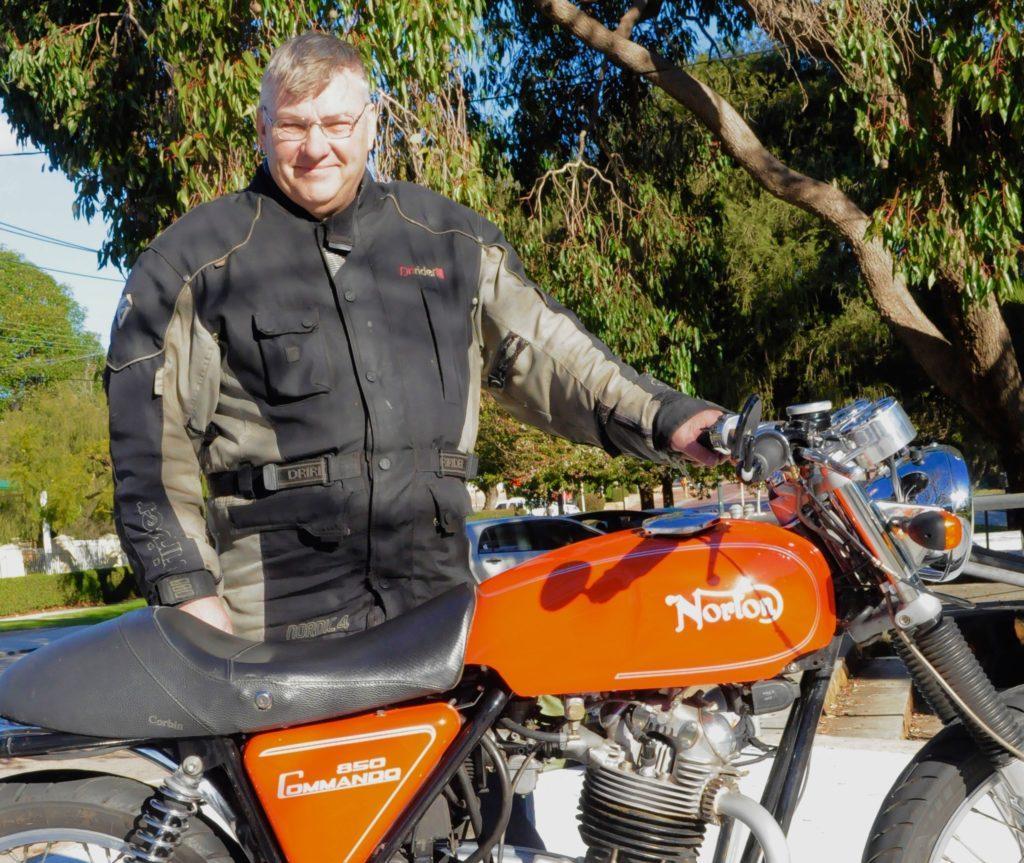
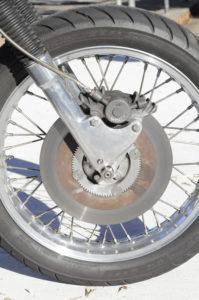
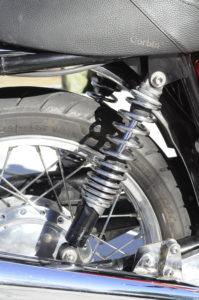
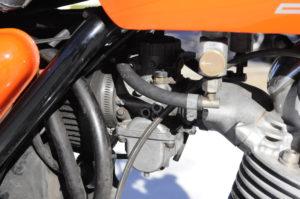
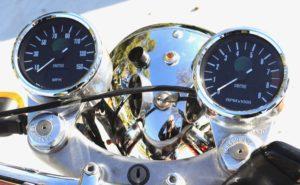
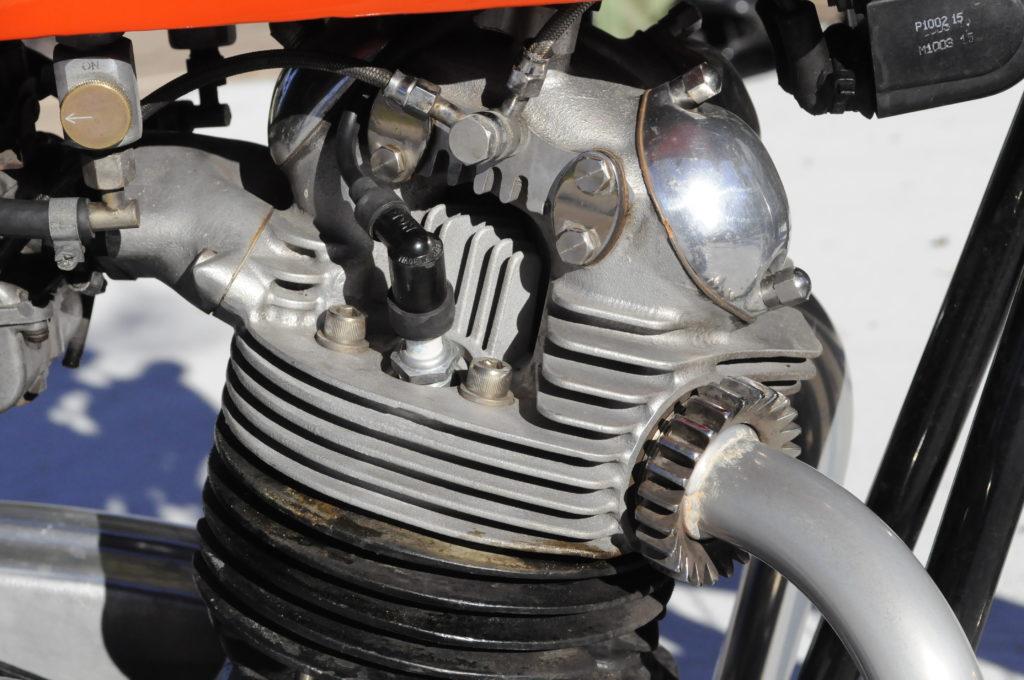
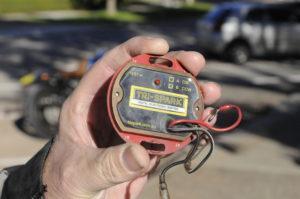
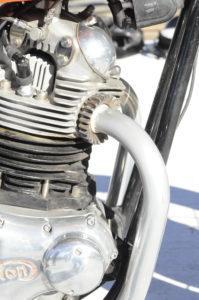

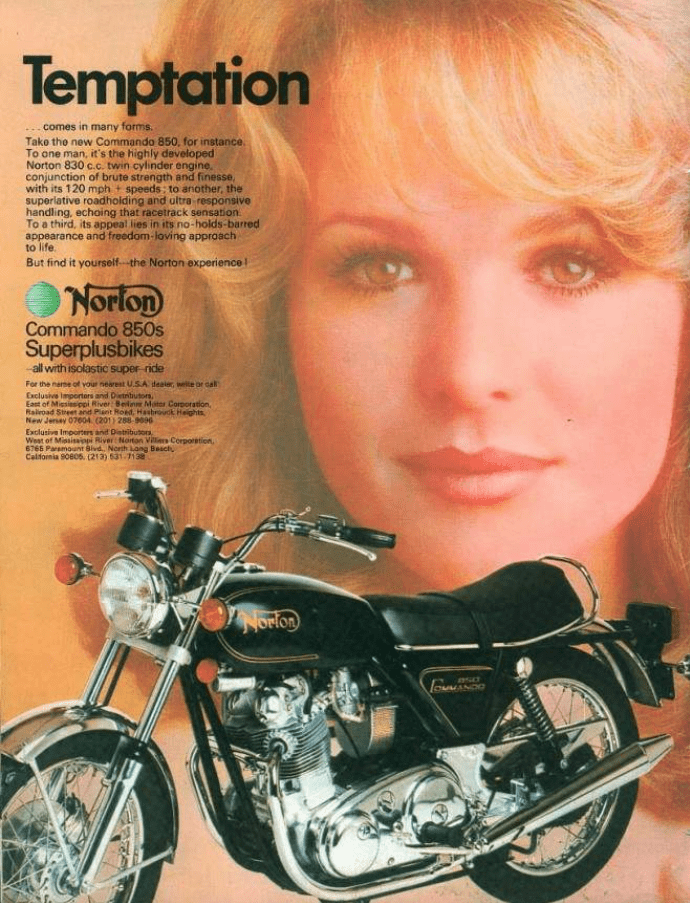
Also see:
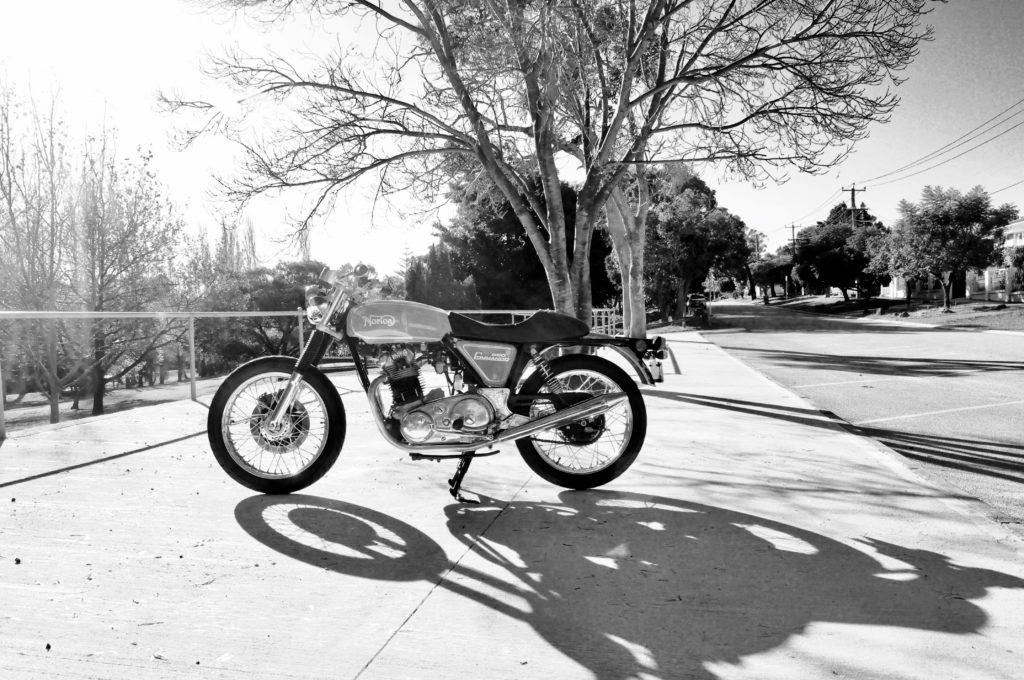
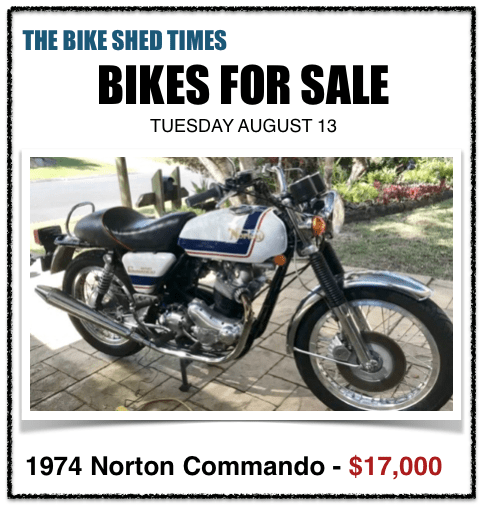


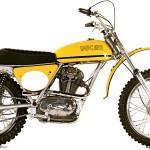
Nice article, I am the proud owner of a Commando, it’s a 750 Interstate with the Combat Engine that was bought brand new by my father in 1972 from Elite Motors in London. It was his second Commando (his third Norton) having purchased the original Fastback version in 1968 which I rode from late 1970 to 1975. This was the breaking frame version and luckily for me that it broke while I was attempting to start it in a garage nearby to where I was staying as I filled up in preparation for a long run home.
My fathers Interstate however, was very prone to blowing its head gasket due to the high compression of the Combat spec motor and in 1973 when it had happens for the 5th time he stripped down the top end and that’s the state it was in when he gave it to me in about 1986/87 timeframe. The bike had only done 2500 miles by this point.
I didn’t do anything with it until the mid nineties when the bike was completely stripped and the frame and other painted parts were “Nyloned” and the engine was rebuilt by a Sidecar MotoX Engine Tuner, including the upgrade to Superblend Mains.
It stayed in this stripped down state until my fried who had been looking after what was a basket case of parts restored it in 2017 (by which time I had emigrated to Australia) after seeing but not riding the bike on a trip back to England in 2018, I imported it into Australia this year and after some delays with getting it legal and fixing a front brake issue, I finally got to ride it out in July! I have done 350 or so miles since then having not rode much for 30 odd years.
What a great tale, Gerald. Take care of the old girl!
Ahh, coulda, shoulda, woulda. In ’77 I was offered a mate’s 850 Commando for the princely sum of $1500. And what a fine machine it was; repainted in metalic blue, fitted with 750 Combat cams and a Dunstall exhaust system. Right hand side gear shift too. But, I’d only recently bought a lovely new CB400F Supersport, complete with ‘Stone’ bikini fairing and a Walker pipe. I was besotted with the Honda, and so the Norton went elsewhere. I’d be happy with either of them in my garage now.